Our Green left climate true believers must be realists too
Chris Bowen recognises what a herculean task is ahead to reach net zero by 2050. Greens senator Jordon Steele-John should take note and not live in denial.
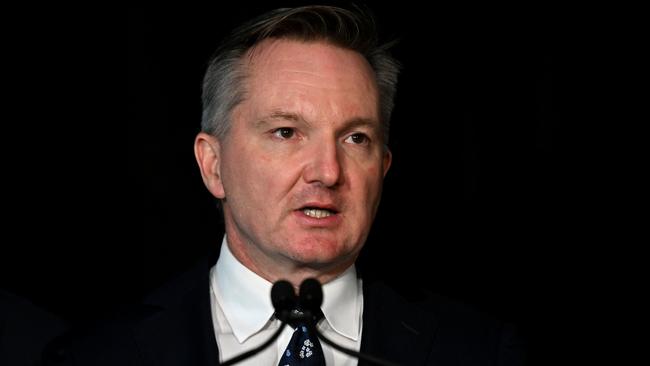
The difference is that the former is aware of the difficulties involved in Australia meeting its emissions-reduction target while the latter seems to be in denial about the costs involved in going further.
On December 1, Bowen delivered the inaugural annual climate change statement to parliament. He did not dodge the task involved in Australia reducing its emissions targets by 43 per cent by 2030 and achieving net-zero emissions by 2050 – Labor’s promise at the election in May.
Bowen told parliament his projections showed that the government’s actions and policies so far had increased to “a projected 40 per cent” by 2030. But he also acknowledged what a “substantial effort this 43 per cent target requires”.
Around halfway through the speech, the harsh reality was laid out when Bowen said “since 2009, Australia has decarbonised its economy at the average rate of 12 million tonnes of carbon per year. To achieve a 43 per cent reduction by 2030, and net zero by 2050, this decarbonisation rate needs to be increased by at least 17 million tonnes of carbon per year – a 40 per cent increase.”
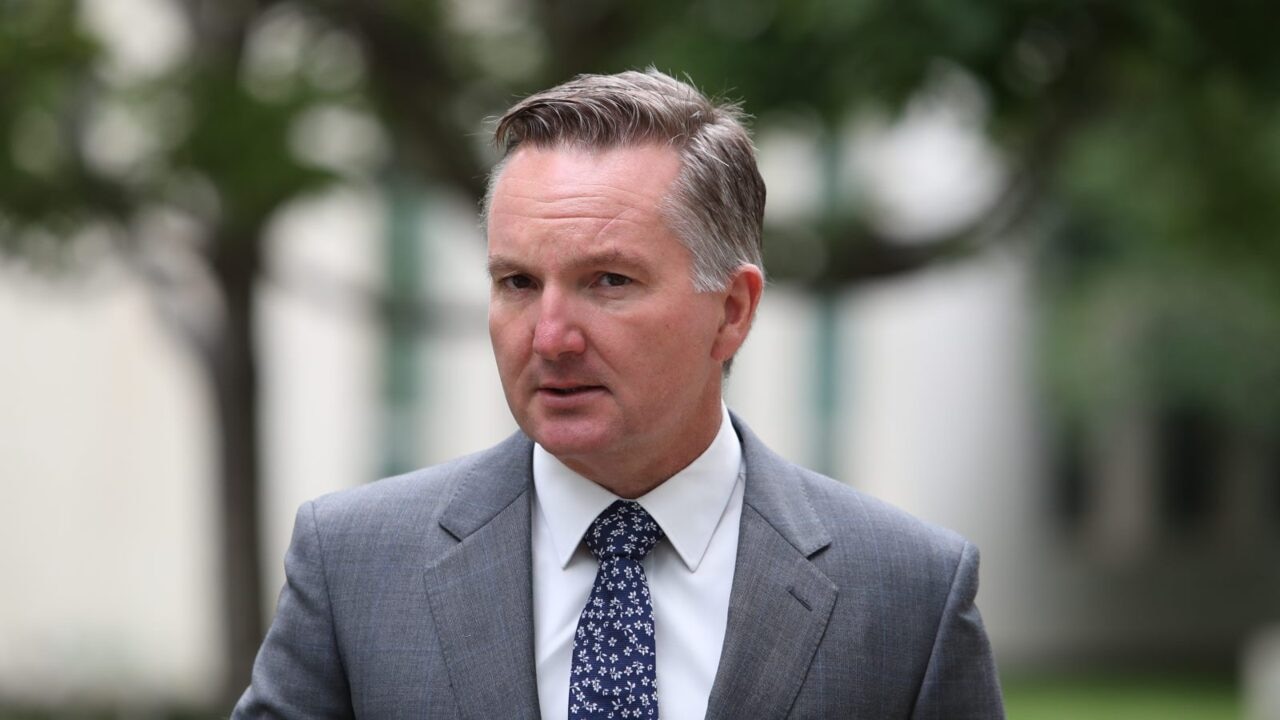
As Chris Mitchell has pointed out consistently in his media column in this paper, sections of the Australian media – particularly the ABC, Nine newspapers and Guardian Australia – tend to overlook the problem involved in reducing carbon emissions.
For example, there is little focus on the fact that Bowen commented on December 1 about the substantial effort in meeting the target Labor promised to achieve less than six months previously.
The ABC Insiders program presents as the leading political discussion program in Australia. Yet last Sunday, Bowen’s comments about the implementation of Labor’s 43 per cent target was not even on the Insiders’ run-sheet. It was much the same with Bowen’s important speech to the Centre for Strategic and International Studies in Washington on September 23.
There, the minister told his American audience the task Australia faced to achieve its emissions-reduction target required “a collective endeavour of almost unprecedented scale”.
Bowen illustrated the task this way: “To achieve Australia’s emissions-reduction target of 43 per cent by 2030, it has been estimated that we will need to install about 40 seven-megawatt wind turbines every month until 2030.” The minister added: “For solar, while Australia is a global leader in deployment, we will need to install more than 22,000 500-watt panels every day and over 60 million by 2030.”
Before making these points, Bowen acknowledged that to achieve the emissions targets, Australia needed to mine, move and manufacture immense volumes of material energy and equipment, and to train and mobilise hundreds of thousands of skilled blue and white-collar workers to fill new quality jobs. This at a time of labour shortages and supply line delays.
Like Bowen, Kerry Schott (the former Energy Security Board chairwoman) is a true believer in the need for Australia to achieve net-zero emissions. And, like Bowen, she is realistic about the task ahead.
On November 7, Schott was interviewed by Patricia Karvelas on the ABC Radio National Breakfast program.
Asked to respond to a reported comment by an energy company chair that meeting Australia’s emissions-reduction plan by 2050 was not possible, Schott responded: “Well, I think it may not be possible but I think we’ve got to try.” While acknowledging that “no one is going to allow power not to be available”, Schott pointed out the task of building renewables generation and transmission lines, and mentioned workforce shortages and the resistance by landowners, including farmers, to the construction of transmission lines close to their property. There is likely to be a similar concern by Indigenous communities with respect to their country.
Ted Woodley, another true believer in the need for carbon emission reductions, is a former energy executive. Writing in The Australian on August 30, he expressed concern about the delays and cost blowouts in the VNI West (Victoria and NSW), EnergyConnect (NSW and South Australia), HumeLink (Snowy 2.0, NSW) and Marinus Link (between Tasmania and Victoria) renewable energy transmission projects.
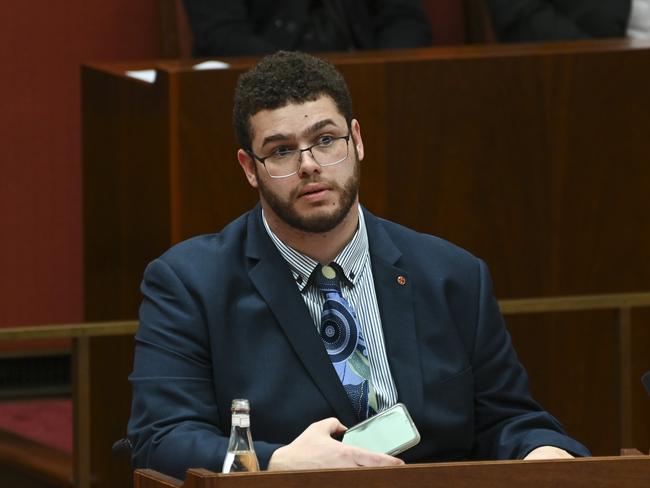
Since Woodley’s article appeared, there have been delays and cost overruns with the Snowy 2.0 project, along with the collapse of one company involved in the scheme’s construction.
Since the Coalition is also committed to net-zero emissions by 2050, along with the teal independents, there is political bipartisanship involved in wishing Bowen’s “substantial effort” coming to fruition. But there are those who not only want Australia to reach net-zero emissions but also demand that Australia should cease the production of gas, coal and iron ore, and more besides.
Steele-John appeared on ABC television’s Q+A program on November 24. The designated topic was the value of the National Disability Insurance Scheme. Also on the panel was Bill Shorten, the minister responsible for the NDIS. The Greens senator from Western Australia spent time taking aim at Shorten in order to criticise the Albanese government on a range of issues.
That’s not surprising. After all, the Greens oppose Labor from the left. But Steele-John threw the switch to tosh when he criticised the decision of “the current government … to extract and burn coal, oil and gas in the middle of a climate crisis”. Given a chance to make a final comment, and ignoring the NDIS, Steele-John declared “the Greens are the only party with a plan to get out of coal, oil and gas”.
He showed no awareness of the likely response to such a policy from nations with which Australia trades, such as Japan, India and Indonesia. And he seemed unaware that the substantial taxes and royalties paid by mining companies make it possible to fund Australia’s welfare system, including the increasingly expensive NDIS.
Bowen understands the task involved in attempting to meet Australia’s emissions targets. But Steele-John seems to be in denial about where money comes from.
Gerard Henderson is executive director of the Sydney Institute.


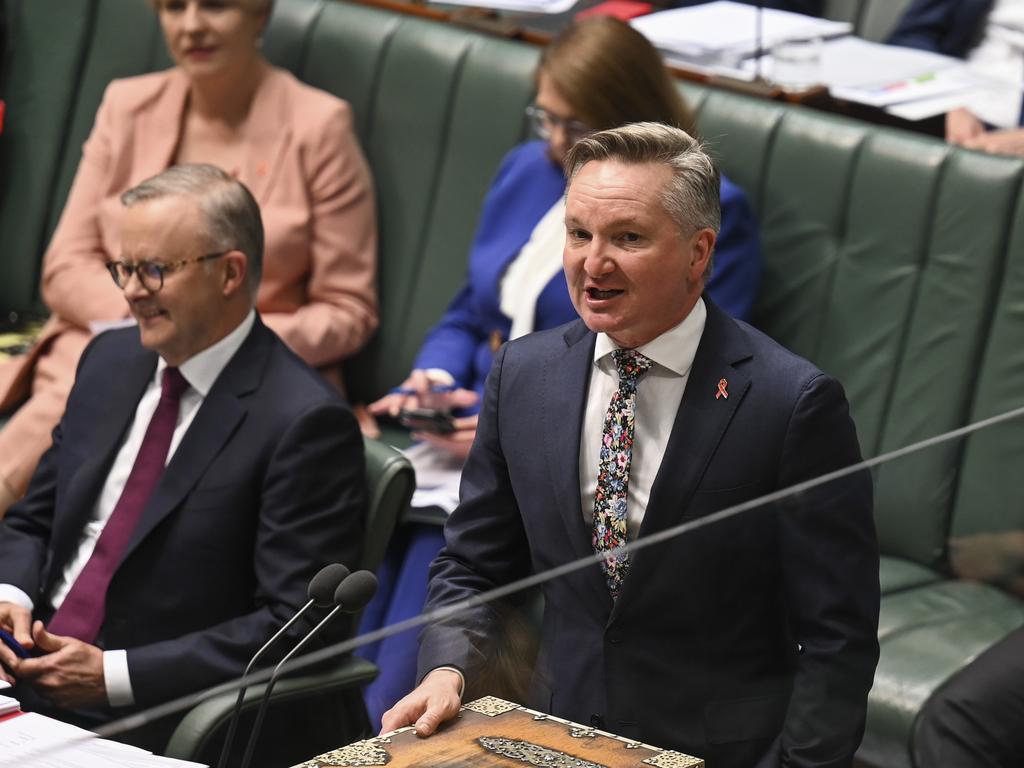


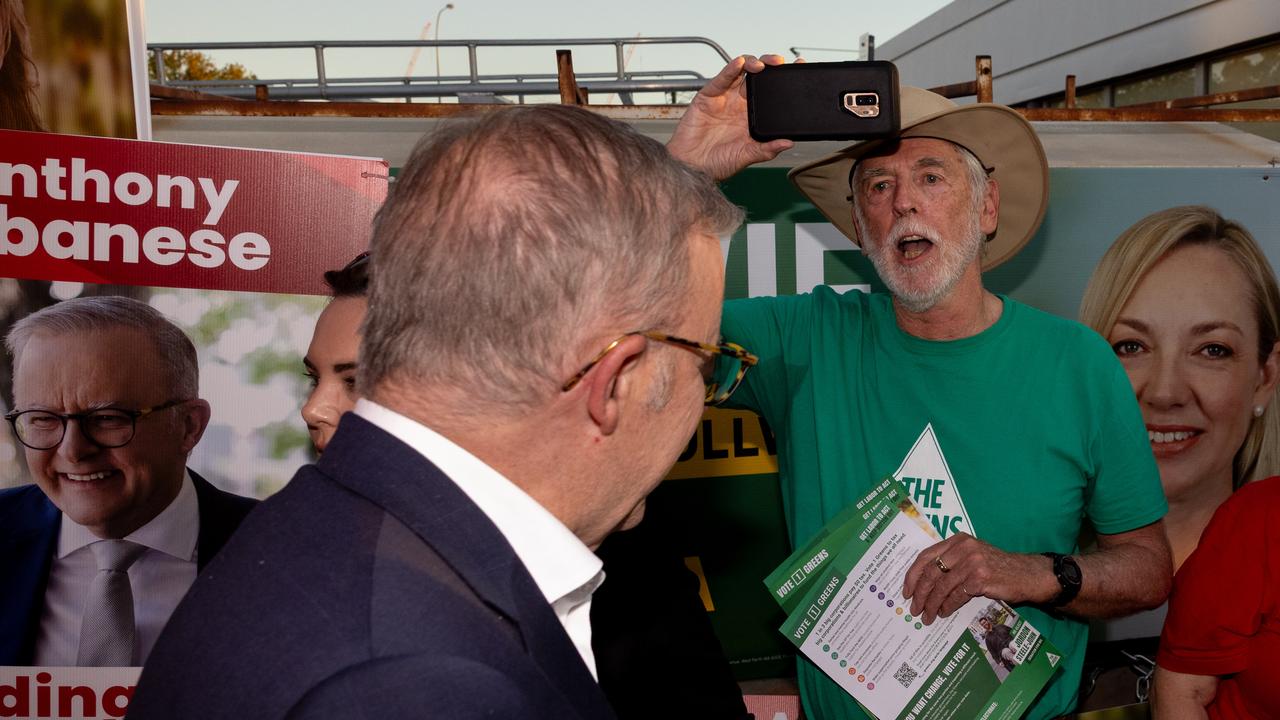
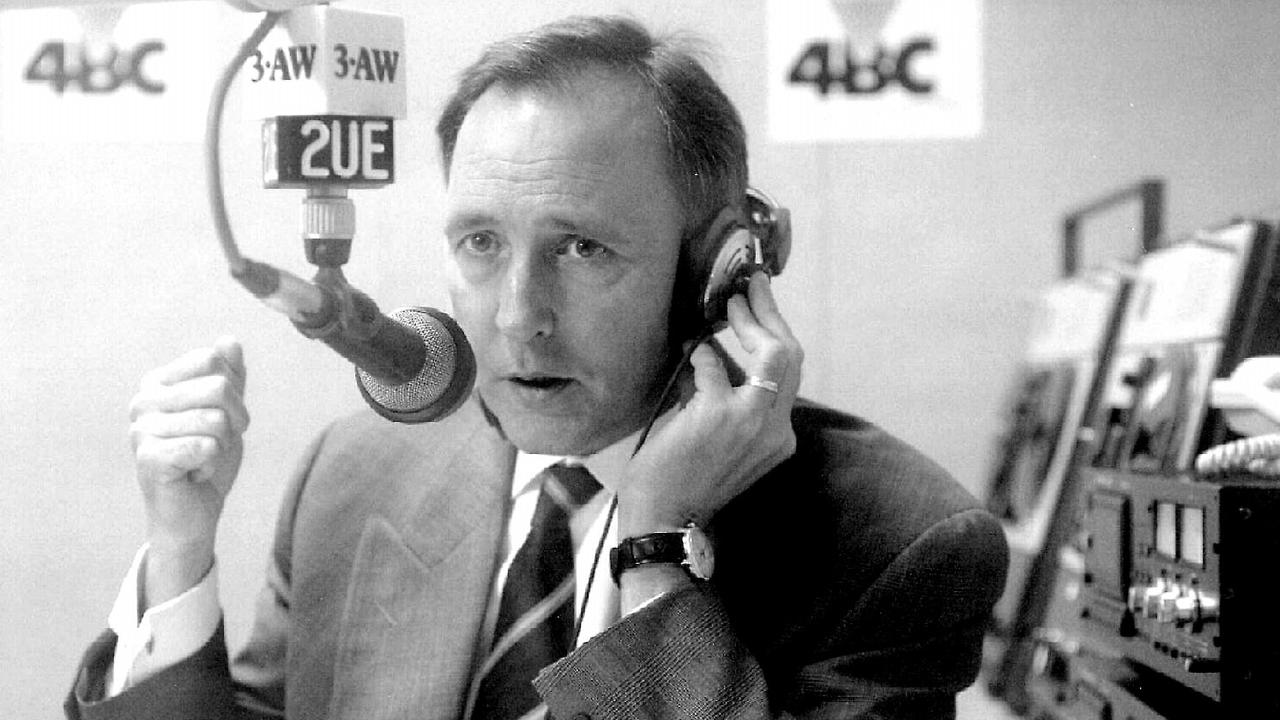
Chris Bowen, Climate Change and Energy Minister in Anthony Albanese’s government, and Greens senator Jordon Steele-John are true believers in the need for global reduction in carbon dioxide emissions by 2050.